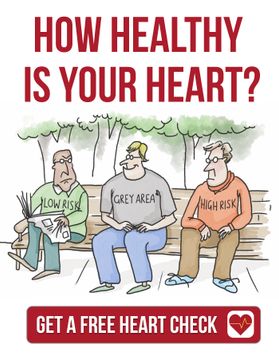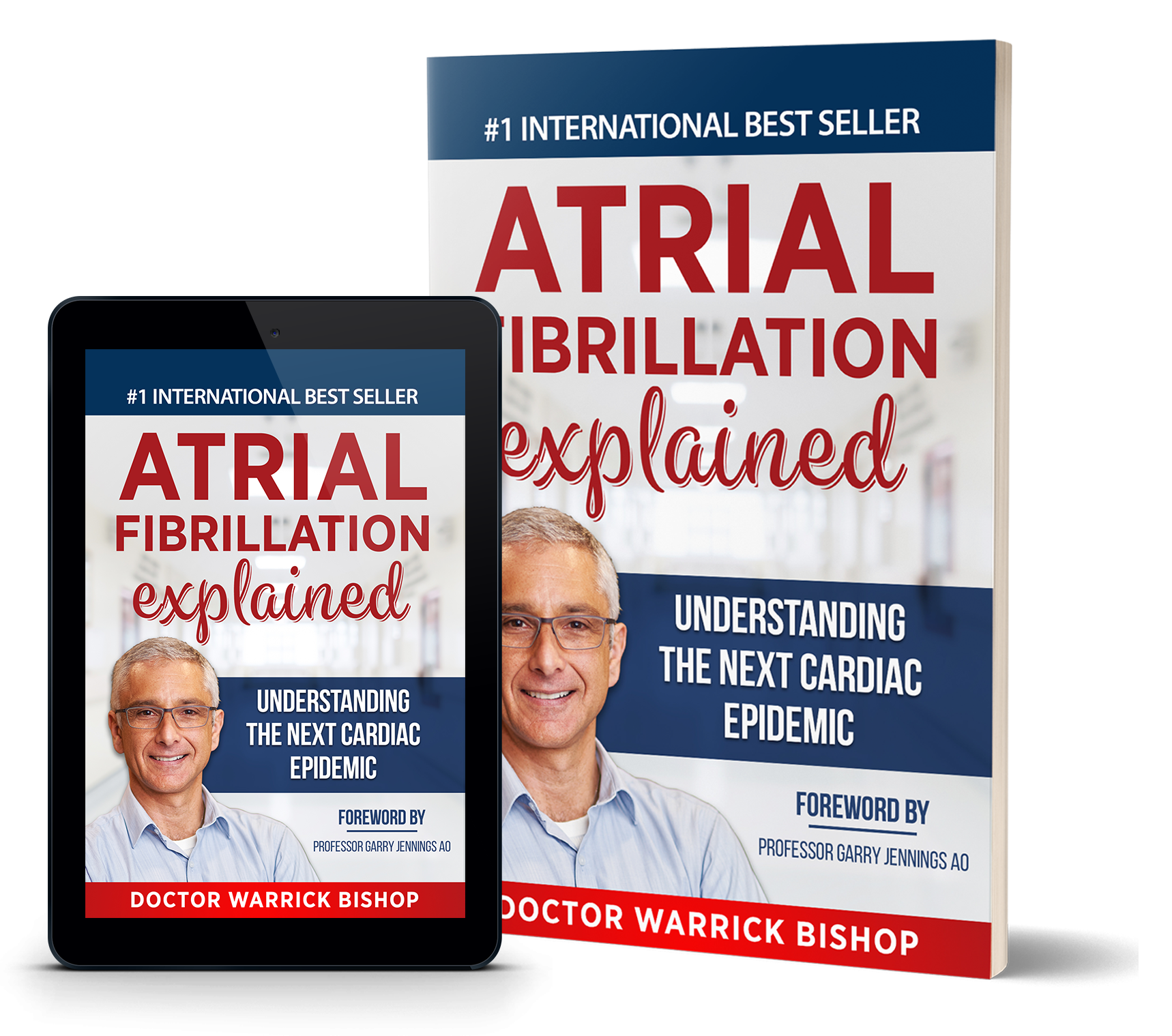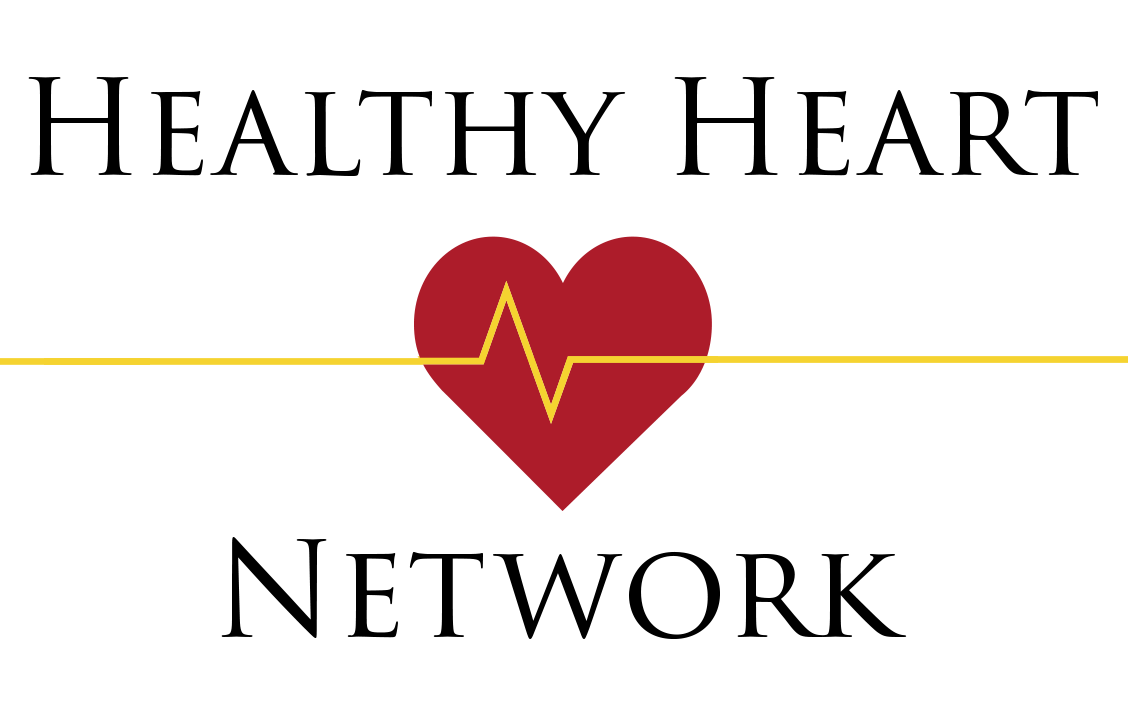Traditional approaches to coronary artery disease tend to focus on secondary prevention, or on treating the consequences of coronary artery disease. The symptoms of this disease include shortness of breath, chest pain on exertion, or acute coronary syndrome, which is a set of symptoms that arise due to decreased blood flow in the coronary arteries. There is no question that secondary prevention is beneficial in reducing the rate of recurrence of a subsequent heart event. The data around secondary prevention is very strong, and I do not believe there is any need for alternative interpretations or strategies regarding secondary prevention at this stage.
The problem is that best practice in primary coronary heart prevention is more difficult because it is not well defined, it involves patients who have either not yet had a problem, or who have not complained of any symptoms of coronary artery disease. While these people may be at high risk because of a range of indicators, such as elevated cholesterol levels, high blood pressure, diabetes, or smoking, they do not display any symptoms, and nor have they been identified as having a heart problem. Nevertheless, it is important to realise that these patien ts may carry an increased risk. The treatment for that risk, prior to an event, is called primary prevention.
My objective in my own practice is to identify ways to avoid the first heart event, and I believe that current primary prevention practice has scope for significant re-evaluation, particularly our approach to risk assessment in individuals before they even have a problem.
In fact, to me, preventing the chest pain or the heart attack in the first place is the Holy Grail of preventative cardiology. When discussing risk factor assessment in coronary artery disease, it is extremely important to be clear about the difference between association and causation. Regularly, I need to tell patients that they have cholesterol build-up in their arteries.
Invariably I receive the reply,
“But Doctor, my cholesterol is fine”.
“But Doctor, I exercise regularly”.
“But Doctor, I eat healthy food and keep my weight down”.
“But Doctor, I don’t smoke”.
When we evaluate the risk of an individual in primary prevention, we use associations that have been demonstrated in population studies. This presents an inherent problem because risk may be low for the population, but it is 100 percent for the individual who then goes on to have an event. While Individual screening using stress testing does have some merit, it will only identify problems late in the process of cholesterol build-up in the arteries.
One of the key tools that I use in primary prevention is the latest technology available to scan the heart. Heart imaging provides clear information about the state of an individual’s heart, and it is used to inform a management strategy based on exactly what was seen to be happening in the arteries, rather a best guess based on a population-based probability of what might be going on.
Cardiac CT imaging will lead to a conclusion that the features observed on the scan are either low, intermediate or high-risk features, and this information can then be used against traditional risk variables to facilitate the most accurate computation of an individual patient’s risk.
By combining the scan and risk information of the patient, I believe the best informed management strategy for the individual patient can be achieved.








